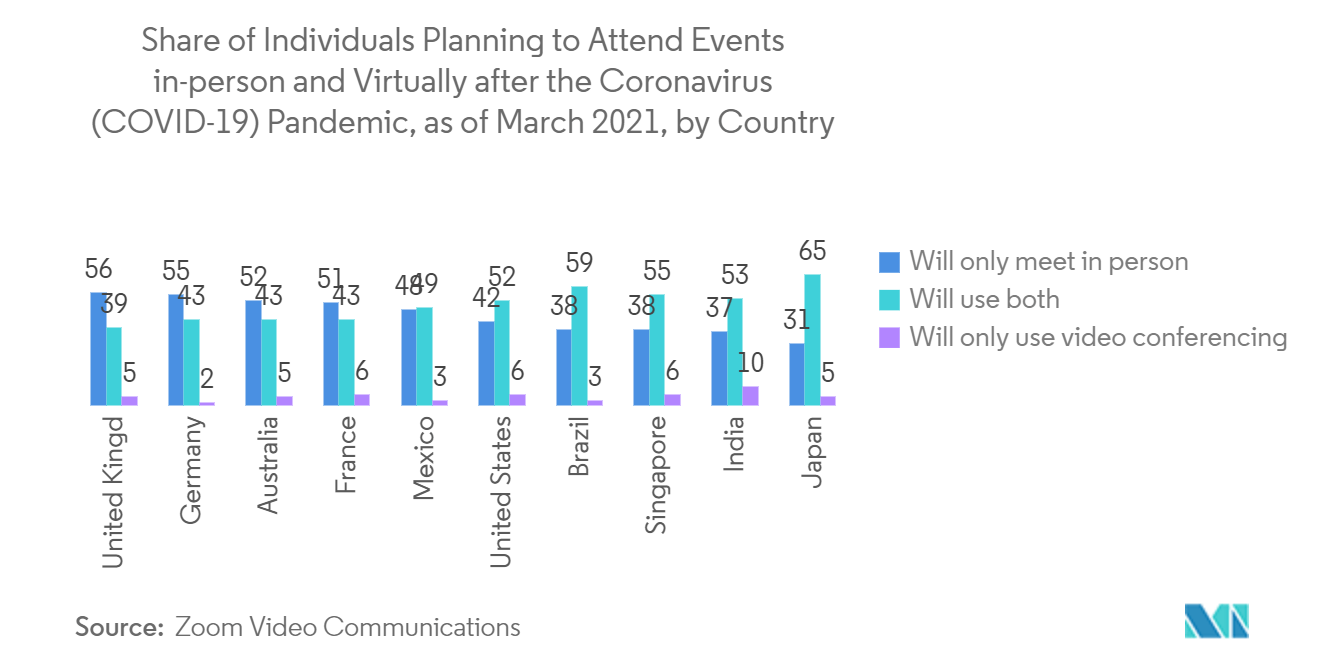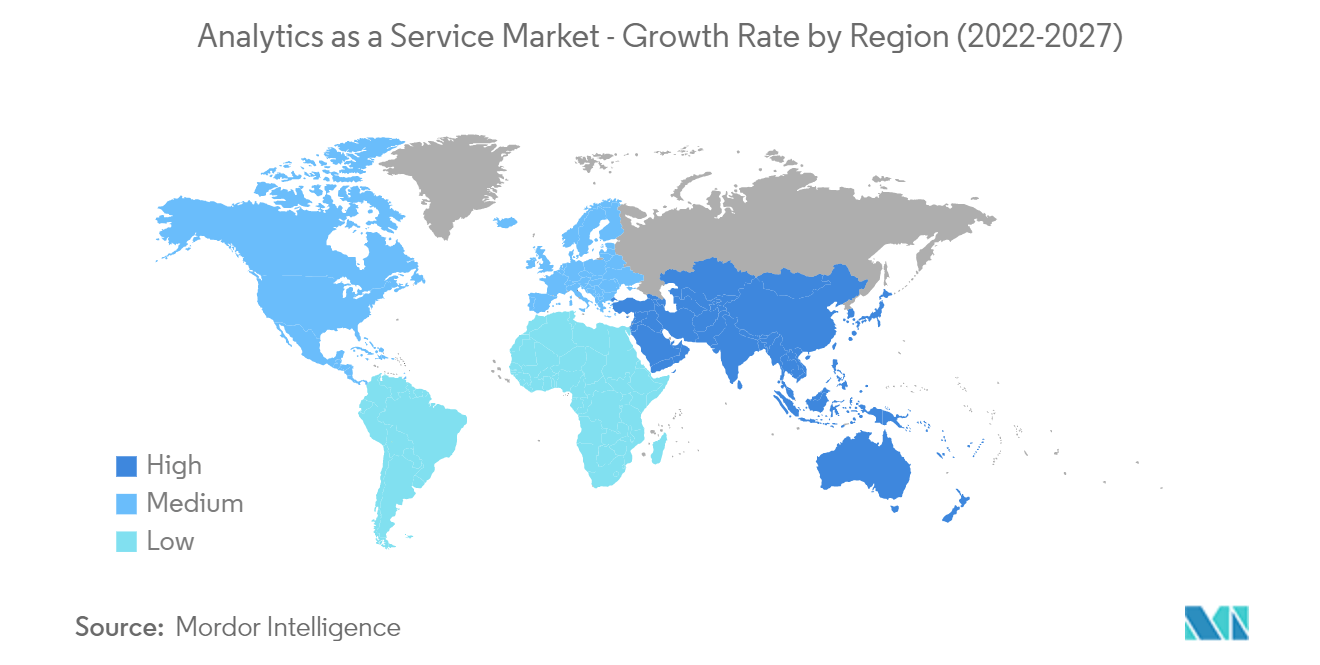Market Trends of Analytics as a Service Industry
This section covers the major market trends shaping the Analytics as a Service Market according to our research experts:
Telecom and IT Segment to Grow Significantly
- The telecom analytics type of business intelligence satisfies the optimization of the complex needs of the telecom industry. Telecom analytics aims to decrease operational costs and maximize profits by increasing sales, reducing fraud, and improving risk management.
- One of the reasons driving the market growth is increased awareness of the Internet of Things (IoT). The requirement for storing large amounts of data that must be evaluated is expected to increase in the coming years. The proliferation of innovative COVID-19 and the public's growing data utilization have resulted in the development of open-source data sets and visualizations, driving the market growth.
- Analytics is applied to telecommunications to improve visibility and gain insight into the organization's core operations and internal processes. It also helps in gaining knowledge of market conditions, spotting trends before they emerge, and then establishing forecasts based on the insights gained. Big data is now playing a significant role in this.
- According to the survey conducted by Zoom Video Communications, in March 2021, the study focused on event participation in person and virtually after the coronavirus (COVID-19) epidemic. Music performances, conferences, and religious services were examples of events. After the pendamic, 52 percent of respondents in the United States said they would attend events both in person and via video conferencing. In Japan, 65 percent of respondents agreed. Meanwhile, 10 percent of Indian respondents said they would only attend events through video conferencing after the epidemic.
- The increased use of IoT devices propels Analytics as a Services Market. According to a survey conducted by Appinventiv, with an estimated 19 million endpoints by 2023, connected automobiles are expected to be the largest category of the worldwide 5G Internet of Things (IoT) endpoint market. The global installed base of 5G IoT endpoints is expected to expand from 3.5 million in 2020 to approximately 49 million in 2023.

North America Region to Hold the Largest Share
- North America occupies the largest market share, mainly owing to the presence of many market players and the rising demand for the analytics platform. The growth of machine-to-machine communication (M2M) has also opened doors for cloud solutions in the region, with the United States being one of the largest cloud solutions markets in the world.
- Most large equipment manufacturers have local data centers for computing needs, as they operate and deploy their equipment globally. Thus, the manufacturers require analytics solutions to help maintain track of the facilities.
- Furthermore, social media apps such as Twitter, Instagram, Facebook, and YouTube generate massive amounts of data. The growing demand among businesses to analyze social media data for their specialized purposes is one element driving the expansion of the Analytics as a Service Market. For instance, IBM Corporation provides market analytics for sectors based on Twitter data, and the companies in the North American region are spending more investment in R&D to provide advanced analytics solutions.
- The companies in the North American region are making strategic partnerships and developing Analytics services. For instance, in February 2022, Teradata and Microsoft established a global partnership to connect the Teradata Vantage data platform with Microsoft Azure. With this partnership, organizations looking to upgrade their data analytics workloads with security, dependability, and flexibility - even on a large scale - can use both organizations' technologies.
- The Canadian e-commerce industry also offers a helping hand in boosting the demand for big data solutions. According to Worldpay, Canadian e-commerce sales crossed the mark of USD 50 billion in 2018, and it is expected to reach USD 80 billion by 2022.


